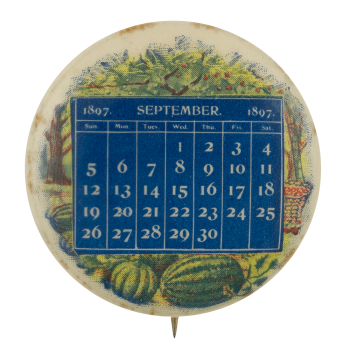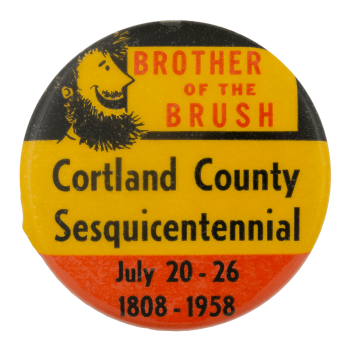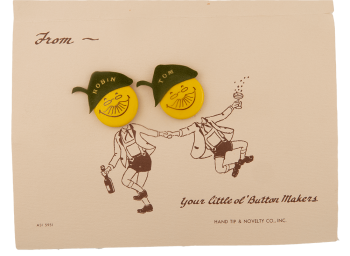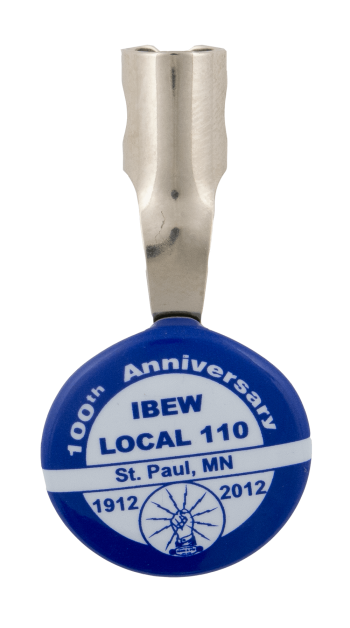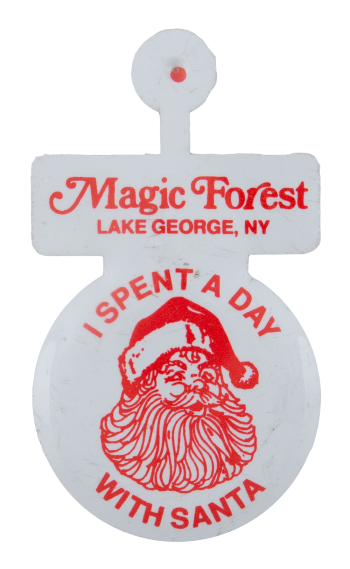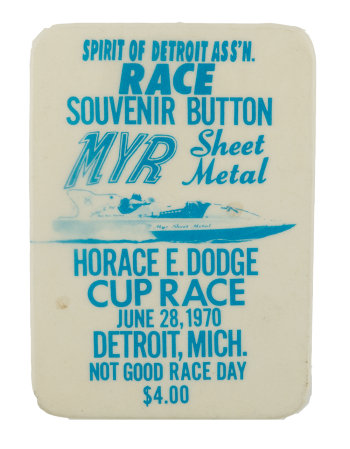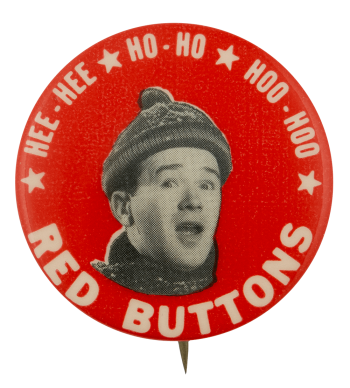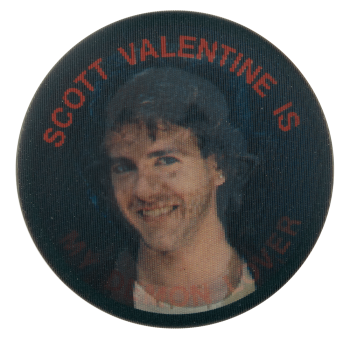Have Car Will Date
| Category | |
|---|---|
| Additional Images | |
| Sub Categories | |
| Text on Button | HAVE CAR- WILL DATE |
| Image Description | Image of man driving car with black text on yellow background. When turned, woman appears in car and hearts surround them. |
| Back Paper / Back Info |
VARI-VUE® by PICTORIAL PRODUCTIONS, INC. MT. VERNON, N.Y., U.S.A. PAT. NO. 2,815,310 Union bug |
| Back Style | |
| The Shape | |
| The Size | |
| The Manufacturer | |
| Additional Information | This is a lenticular graphic that uses a specific lens that allows the viewer to see different images depending on the angle the pin is viewed. One image shows a single man in a convertible with the text “Have Car,” and when the button is tilted, we see he is no longer alone, and the text reads “Will Date.” The image is made of two graphics cut into strips and interlaced together. That graphic is then printed directly on the back of the plastic lens. The lens is a special plastic made of individual cylindrical lenses (lenticules) that perfectly align with the interlaced image. The lenticules isolate and magnify the image underneath. Tilting the lens creates the effect of the image changing back and forth depending on the angle of the button. |
| Sources |
Lenstar Lenticular. (2018). The basics of lenticular. https://www.lenstarlenticular.com/the-basics-of-lenticular |
| Catalog ID | HU0206 |







